17 Old Hollywood Oscars Scandals And Stories That Prove Drama Has Always Been The True Winner At The Academy Awards
- Oops!Something went wrong.Please try again later.
In recent years, the Academy Awards have been steeped in just as much drama as glamour. From the controversy surrounding Andrea Riseborough's 2023 Best Actress nomination to the infamous slapping incident between Will Smith and Chris Rock, every ceremony brings about new scandals.
Since the Oscars are almost 100 years old now, you might think the early days showed more decorum. However, you'd probably be surprised by how much drama actually took place on and off stage back then.
Here are 17 messy Oscars sandals from the Golden Age of Hollywood:
1.In 1930, Mary Pickford was vying for an Oscar for her poorly received performance in Coquette. In one of the earliest awards campaigning scandals, she reportedly had the five members of the Board of Judges, who decided the winners at the time, over for tea at Pickfair, her luxurious estate. In thanks, they awarded her Best Actress.
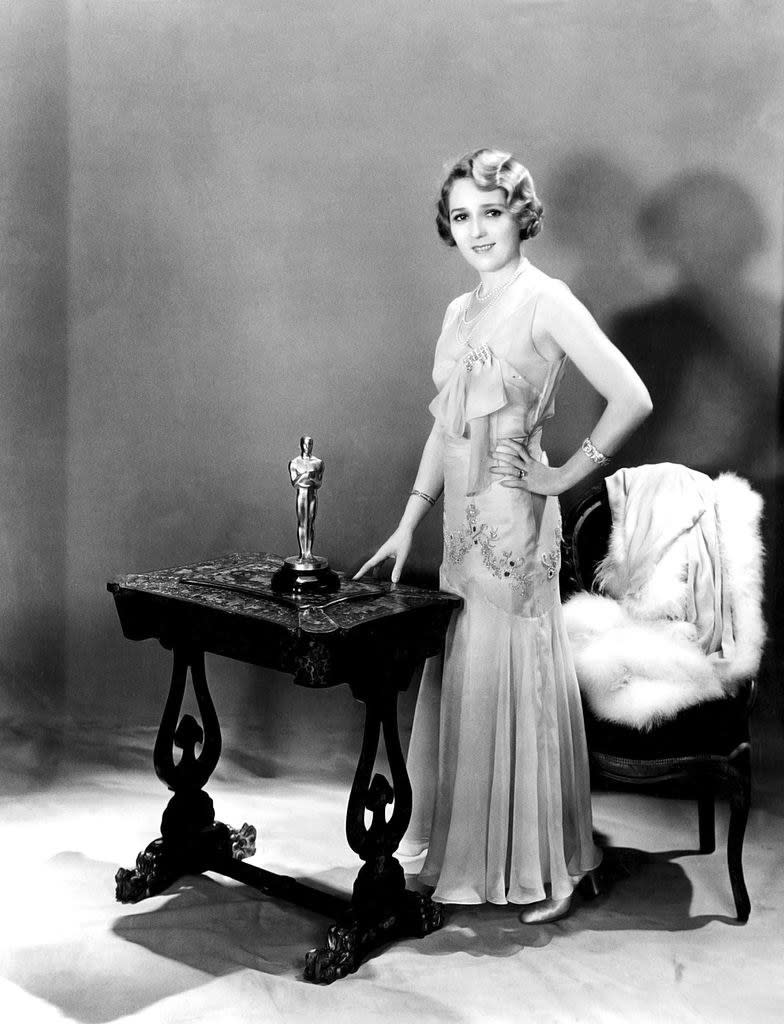
Outrage over her bribery led to protests, which in turn led the Academy to adopt the ballot system it still uses today, allowing all members to vote on winners.
2.Sisters Olivia de Havilland and Joan Fontaine had a feud that practically began with Joan's birth. In 1942, they were both up for Best Actress, and the media dubbed it the "Battle of the Sisters." When Joan, who was lesser known at the time, won the award, she "felt Olivia would spring across the table and grab [her] by the hair."
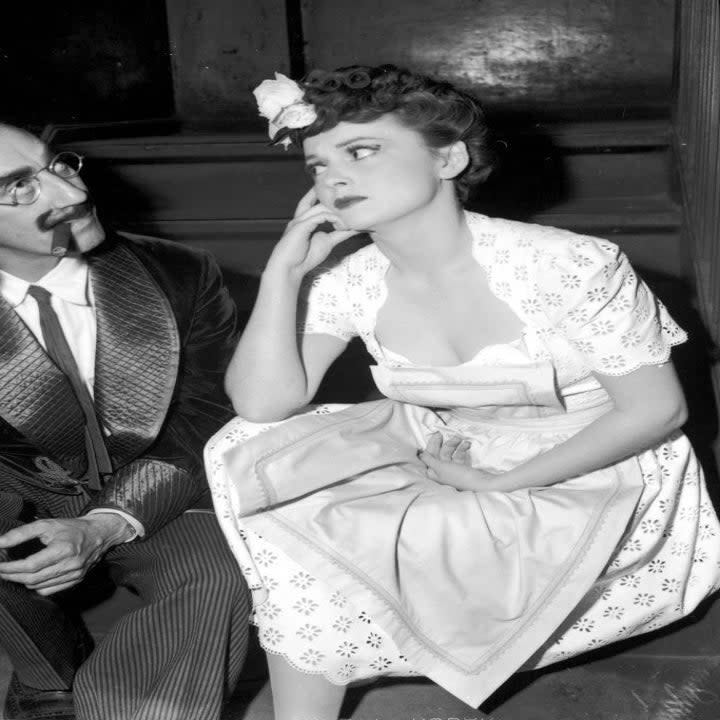
In her 1978 memoir, No Bed of Roses, Joan wrote, "All the animus we'd felt toward each other as children, the hair-pullings, the savage wrestling matches, the time Olivia fractured my collarbone, all came rushing back in kaleidoscopic imagery. My paralysis was total...I felt age 4, being confronted by my older sister. Damn it, I'd incurred her wrath again!"
3.When Olivia de Havilland finally won her first Oscar in 1947, Joan Fontaine stepped forward to congratulate her. However, Olivia rebuffed her sister.
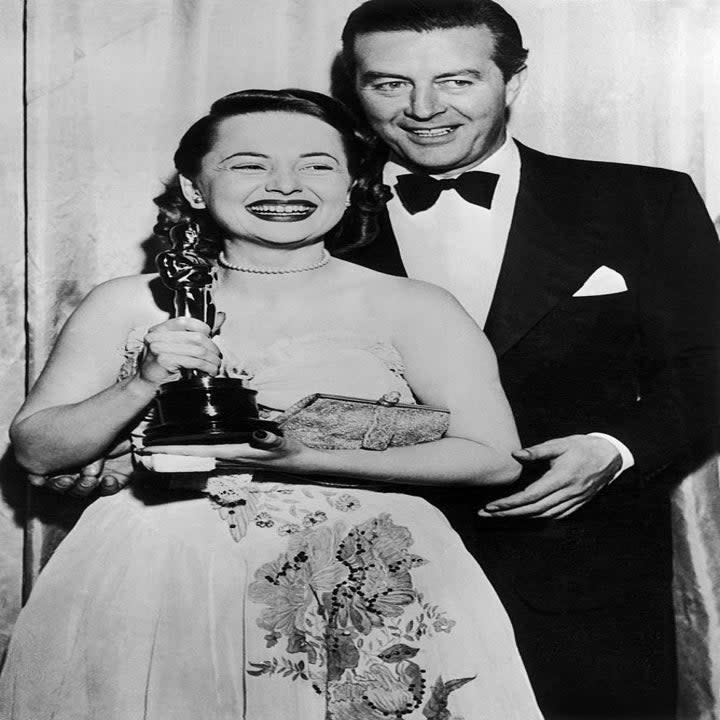
At the time, Olivia's PR said, "This goes back for years and years, ever since they were children."
4.When Chill Wills was nominated for Best Supporting Actor in 1960, he hired publicist W. S. Wojciechowicz to carry out a campaign for him. The professional's grand plan was to run an ad listing every other Academy member that the actor had ever voted for.

Another ad naming all the members came with a personal message from the actor, which said "'Win, lose or draw, you're all my cousins and I love you all.''
In response, Groucho Marx ran an ad of his own, which said, "'Dear Mr. Chill Wills, I am delighted to be your cousin, but I voted for Sal Mineo.''
A final ad in the campaign said this: "'We of the Alamo cast are praying harder than the real Texans prayed for their lives in the Alamo for Chill Wills to win the Oscar as the best supporting actor. Cousin Chill's acting was great."
Chill ultimately lost. At the ceremony, Bob Hope joked, "'I didn't know there was any campaigning until I saw my maid wearing a Chill Wills button.''
5.Though she was nominated for Dangerous at the 1936 Oscars, Bette Davis didn't want to be there. Studio head Jack Warner forced her to go in protest of the formation of SAG, so she wore a plain dress from an old costume out of spite. To make matters worse, Franchot Tone, her costar and the object of her unrequited affection, brought his wife Joan Crawford, who was Bette's ultimate rival. Joan reportedly kept her back turned when Bette was announced as the winner.

When Franchot called Joan out for her rudeness, she reportedly sneered, "Dear Bette! What a lovely frock."
Bette and Joan's rivalry was further complicated by the fact that Franchot married Joan while filming Dangerous with Bette, who felt the other woman took him from her "coldly, deliberately, and with complete ruthlessness."
6.In 1945, Joan Crawford really wanted to play the lead in Mildred Pierce, but the studio had its eyes on Bette Davis. However, after Bette turned it down, Joan convinced them to let her have it — then won Best Actress in 1946. She famously accepted the award from bed.

In her memoir, A Portrait of Joan, she wrote, "On the night of the Awards, I was running a temperature of 104. I'd been suffering with flu for the past week, filming Humoresque… Flu coupled with the nervous tension of being eligible for an Oscar had me shaking with chills and fever...We feasted on effervescence that night, and I was so overheated, the fever broke."
She later admitted that her nerves played a much bigger part than she was willing to admit. Speaking to biographer Charlotte Chandler for the book Not the Girl Next Door, she said, "The tension is so terrible when you're sitting there waiting. Waiting for Best Actress means sitting there almost the entire evening. You have to look composed and applaud at all the right moments...Then, when you lose, and I was certain I would, you have to sit there through the last awards wearing your best face … I wouldn't know what part to play after I heard the words that someone else had won, probably Ingrid [Nelson]."
7.Bette Davis and Joan Crawford's decades-long feud came to a head when they costarred in What Ever Happened To Baby Jane? in 1962. The following year, only Bette got an Oscar nom, so Joan set out to sabotage her in two ways — she heavily campaigned against her, and she volunteered to be the one to accept the Best Actress award on behalf of any nominee who couldn't make the ceremony.
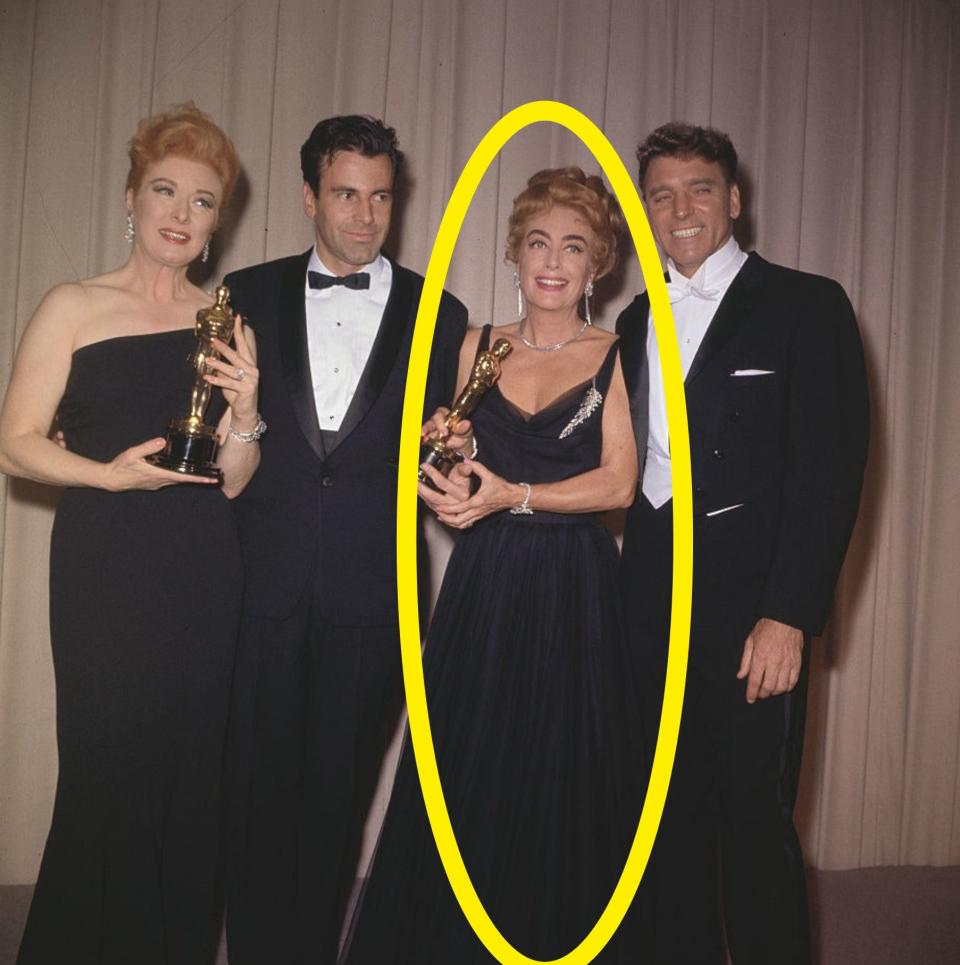
Anne Bancroft won, so Joan happily took the stage and accepted on her behalf. She even posed with the other winners in her place.
8.After her husband Mike Todd died in a plane crash, Elizabeth Taylor began an affair with Eddie Fisher, the husband of her close friend Debbie Reynolds. After Eddie divorced Debbie, both the studio and the public took her side. Elizabeth was mercilessly slut-shamed in the press and labeled a seductress, an image that her next two films utilized in their marketing campaigns. When she had one film left in her MGM contract, the studio insisted she do Butterfield 8, which she begrudged because it was yet another film exploiting her personal life. However, she saw it through — and got an Oscar for it in 1961.
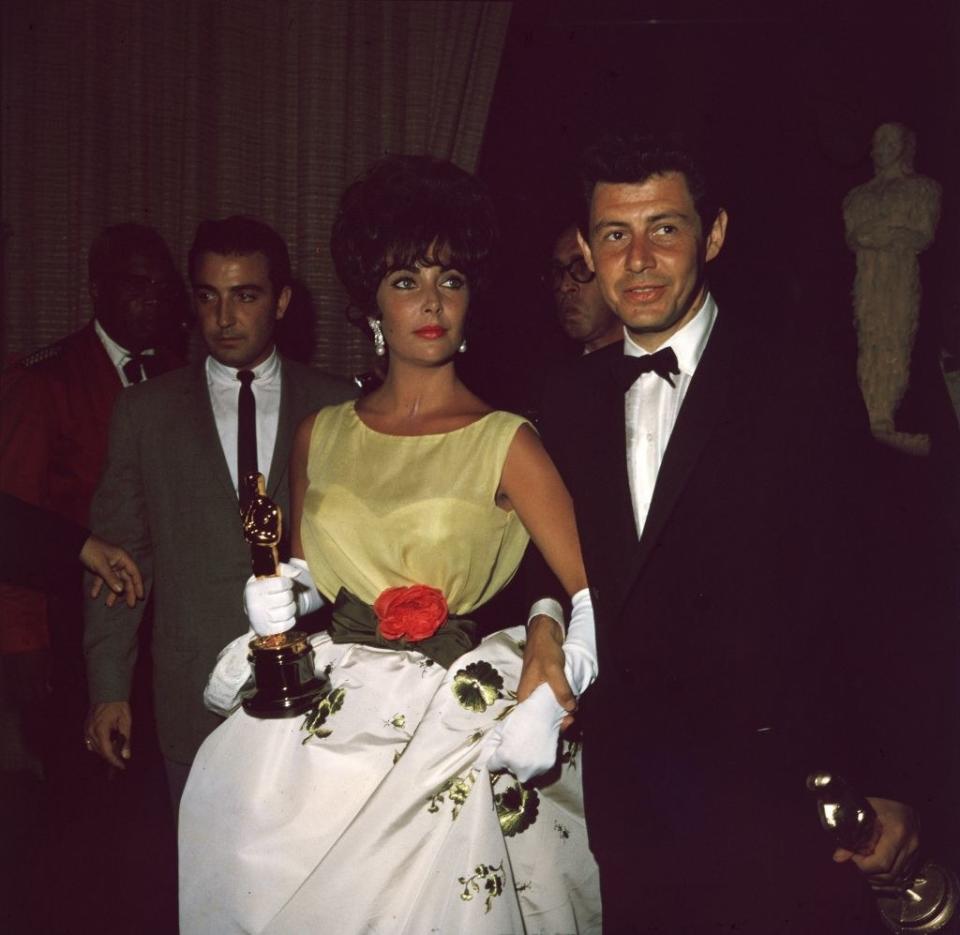
Before the awards show, she contracted a "grave" case of pneumonia. However, a doctor performed an emergency tracheotomy, which helped her breathe, and she was able to walk the red carpet.
In her acceptance speech, she said, "I don't know how to express my gratitude for this and for everything. All I can say is thank you, thank you with all my heart."
9.In 1940, Hattie McDaniel became the first Black Oscar winner after accepting the Best Supporting Actress award for Gone with the Wind. However, because the Ambassador Hotel was segregated at the time, producer David O. Selznick had to request special permission for her to attend the ceremony. After walking the red carpet, she was forced to sit at the back of the audience rather than at the same table as her nominated costars.
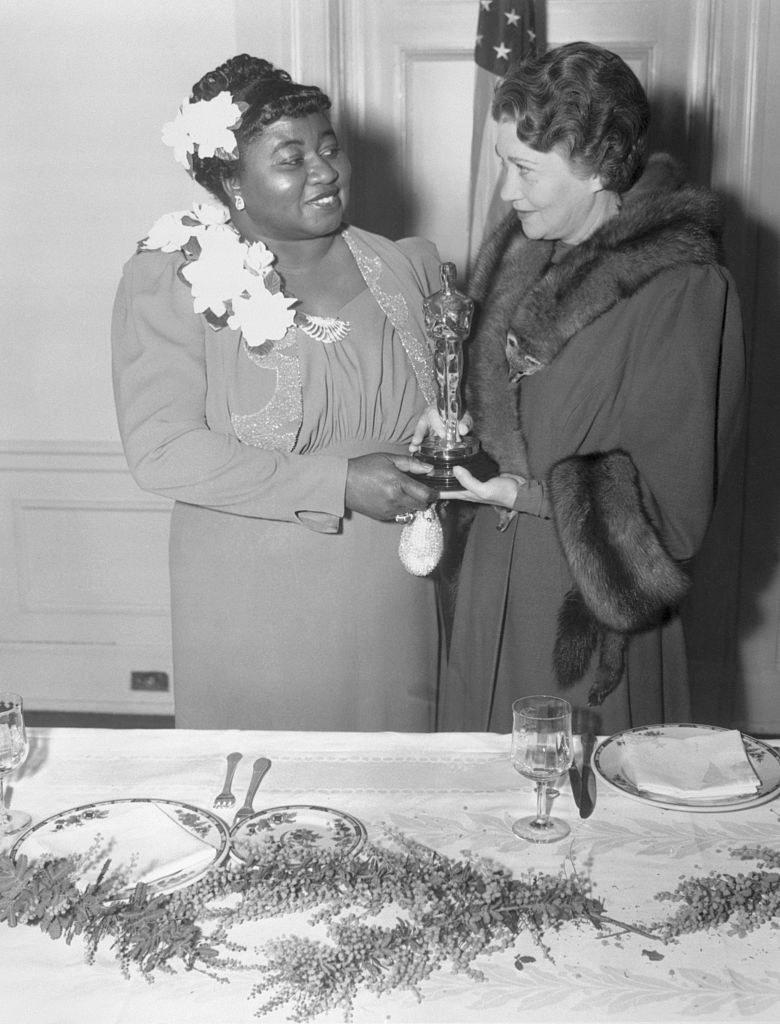
Thanks to a leaked list of winners, she walked in already knowing she'd won.
In her acceptance speech, she said, "I shall always hold it as a beacon for anything I may be able to do in the future. I sincerely hope that I shall always be a credit to my race and the motion picture industry."
After her death, she willed her Oscar to Howard University. It was on display at the school's fine arts complex for a time, but it went missing between the late '60s and early '70s.
10.In 1943, RKO tried to pass Tender Comrade off as an Oscar contender by holding sneak previews at two California theaters that were both called the Academy. Then, they ran ads with taglines like, "Academy reaction: It's the finest picture of the year."
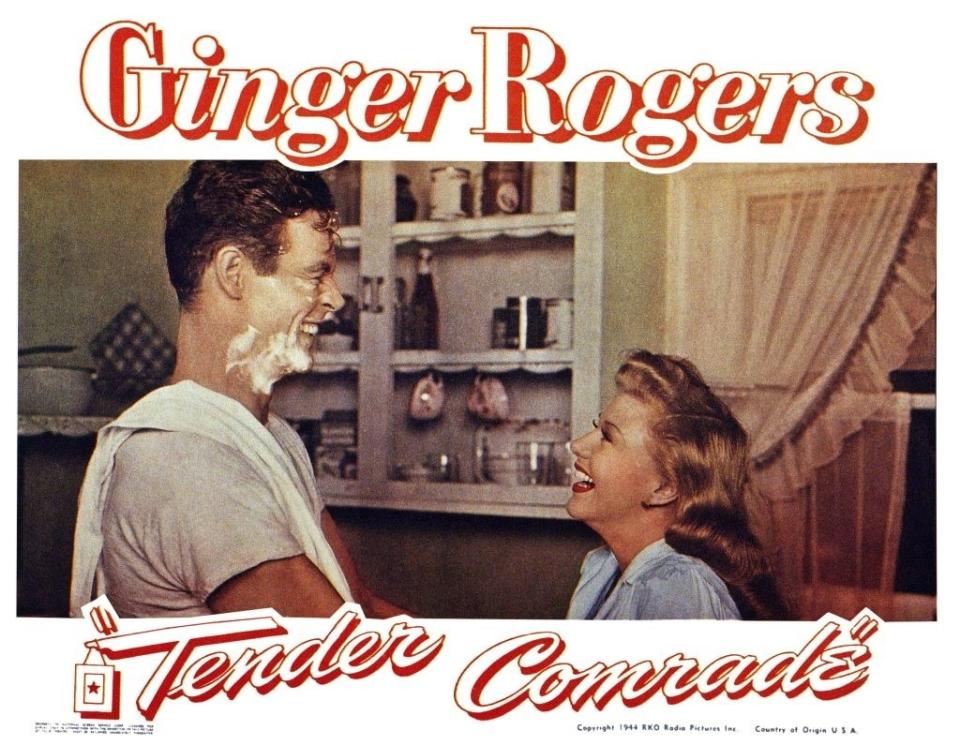
The actual Academy was less thrilled with the film, which received no nominations.
11.In 1957, Robert Rich won the award for Best Motion Picture Story for The Brave One, but he wasn't there to accept it. For days, the Academy tried to track him down, but no one could find him because he didn't exist.

The producers claimed he was an ex-GI they met in Germany, but they weren't in contact with him any longer. They also described what he looked like to Life, and the magazine published an illustration of this mystery man.
However, it turned out that "Robert Rich" was actually a fake name given by Dalton Trumbo, the most notable screenwriter on the "Hollywood blacklist," which made him ineligible for an Academy Award under his own name. He'd already been to prison for contempt of Congress after refusing to answer questions about his possible ties to communism.
He used the Robert Rich controversy to create a PR crisis for the Academy in protest of the blacklist. He even wrote a poem about it, which he then submitted to Life. It read, "Come back, Robert Rich, wherever you are / Return so the ghost can be shriven. / Do you live on the moon? Do you live on a star? / Is that where your legends are scriven?"
12.The Academy of Motion Picture Arts and Sciences was founded in 1927 as "a league of nations for Hollywood." However, during the labor movement of the '30s, unions like the Screen Actors Guild and the Screen Writers Guild were formed in opposition to the Academy. These new guilds encouraged their members to boycott the Oscars and resign from the Academy. It was almost the downfall of the Academy.

However, then-director Frank Capra announced that the Academy would no longer do mediations or negotiations, letting the unions take over that important work for their members. Essentially, he stripped the Academy of all its duties except the Oscars.
13.In 1936, screenwriter Dudley Nichols became the first person in history to decline an Oscar when he turned down the award he won for The Informant. As a founding member of the Screen Writers' Guild, he also skipped the ceremony in protest because the Academy refused to acknowledge several independent unions that had recently formed. They tried to mail the award to him twice, but he sent it right back.
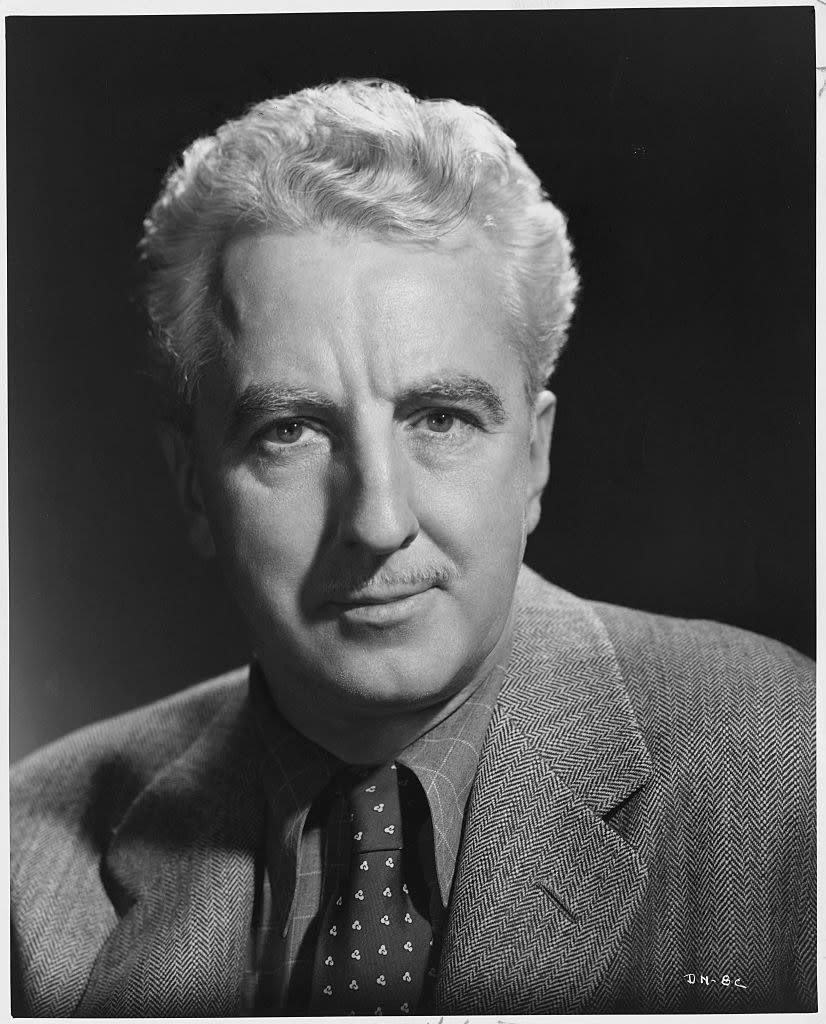
In a letter to the Academy, he wrote, "As one of the founders of the Screen Writers' Guild, which was conceived in revolt against the Academy, and born out of disappointment with the way it functioned against the employed talent in any emergency, I deeply regret I am unable to accept this award. To accept it would be to turn my back on nearly 1,000 members of the Screen Writers' Guild."
When the National Labor Relations Board certified the SWG in 1938, he finally accepted his Academy Award.
14.Beginning in 1933, Katharine Hepburn won an unprecedented four Best Actress Oscars — but never showed up to accept a single one. She reportedly said, "As for me, prizes are nothing. My prize is my work."

She finally made an appearance at the Academy Awards in 1974, and she showed up wearing her gardening clothes.
15.In 1944, seven-year-old Margaret O'Brien was given the Outstanding Child Actress award. However, her family maid took the award home to polish it but never returned it. For decades, Margaret dreamed of finding it again. When the maid died, her children found the Oscar, thought it was fake then sold it to an antiques dealer. When it was about to go up for auction, the Academy imposed its rules that Oscars can't be sold, so, in 1995, it was finally returned to its rightful owner.

Margaret told Fox News, "I'm one of the few people that was represented with the same Oscar twice! The Academy gave me a little ceremony. My life has been quite the adventure. I'm lucky."
16.Despite being heralded as the "greatest film of all time," Citizen Kane lost Best Picture to How Green Was My Valley in a surprising upset in 1942. It's still classified as one of the biggest snubs in Oscar history.

Citizen Kane actually failed to win eight of the nine awards it was nominated for, only taking home Best Original Screenplay.
17.And finally, in 1938, Alice Brady won Best Supporting Actress, but she couldn't accept her award in person because she was stuck at home with a broken ankle. At the ceremony, a mystery man jumped on stage and accepted it on her behalf. He ran off with it — or so the story went.

After receiving a grant to research missing Oscars lore, PhD student Olivia Rutigliano investigated this story. She emailed the Academy, who informed her that the mystery had been solved, but their findings had not been publicly disclosed.
After combing through old newspaper clippings, however, she discovered that the "mystery man" was actually director Henry King, who delivered the award to Alice afterward. The researcher went on to discover that the false story dated back to the 1986 anthology Inside Oscar and that the award had been sold by Heritage Auctions in Dallas in 2008.

